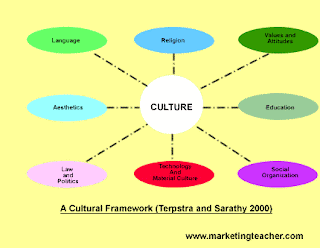Definition of perception in my words: Perception is how our senses interpret something. This can be done through the five senses of sight, smell, hearing, feeling and tasting. We use these five senses and then process them to understand what we are observing. In order to perceive something we need little understanding of the subject itself and therefore create a basic understanding of it through our senses. For example, if you were to see someone dressed in certain way, this would alter your perception of them and you would think their personality is related to how they dress, however in reality this could be completetly different. Another example is that if two people look at a color and they both agree that it is blue there is no way for them to know it is the same colour even though they both agree.
How marketers use perception:
Marketers use perception in order to manipulate the way the advertise a specific product. This can usually help in enchancing the features which it contains and can encourag people to want to purchase the product using just visuals as well as emphasis on the product itself. Even if there is a non desirable product, by addapting its features this can alter a persons perception of it.
Here is an exmple of an advert which uses perception:
Lecture:
During the lecture as a class we discussed how the five senses can be used in order to change a person perception of a product or services. We looked through a number of different adverts and anlysed how they have used perception to maniuplate a product. Overall we decided there is no one specific sense which has the most effect on perception as they all play an equal role. However visuals are very key when advertising for the majority of products.
Definitions of perception:
1. 1. 'Perception is a process which involves the recognition and interpretation of stimuli which register on our senses.’ (Rookes and Wilson 2000)
2. 2. ‘Perception is conscious sensor experience.’ (Goldstein 2009)
Websites and journals which looks at perception:










